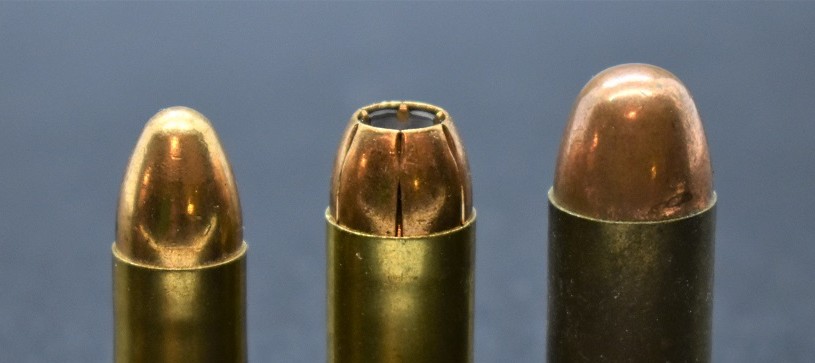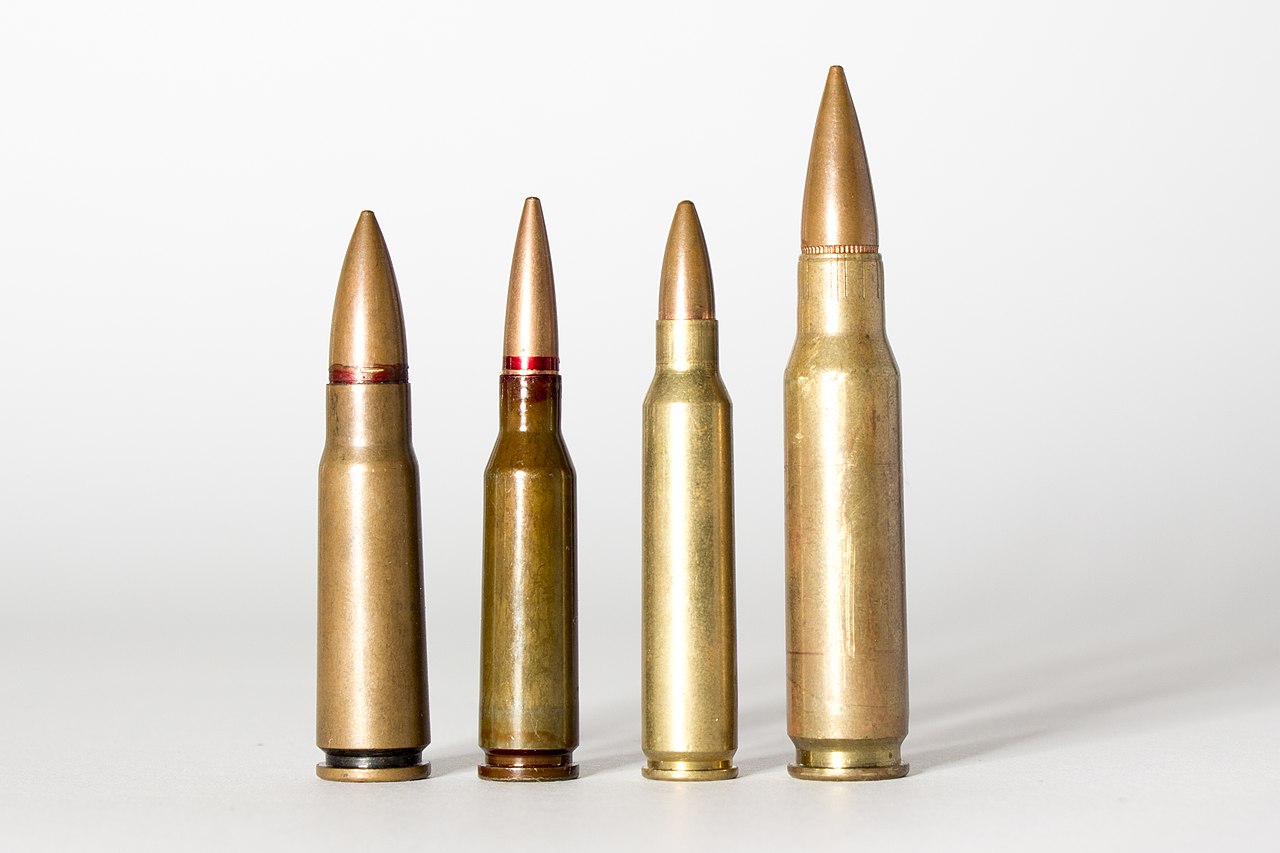Gun Basics Possibly the most popular centerfire ammunition made today, and almost certainly one of the most prolific, landing on the right 9mm ammo load for home defense, plinking, or carry ammo can sometimes get a little overwhelming. We dive deep into the world of Herr Luger to point you in the right direction for… Continue reading The Best 9mm Ammo in 2023
Tag: Ammo Reviews & Comparisions
If you’re on the fence between 9mm and .40 SW or trying to determine the best home defense ammo or what you should use for plinking, look no further.
Bullet Basics: Understanding Sizes, Types, and Calibers
Modern small arms ammunition can be confusing due to the myriad common types, calibers, and sizes involved, but with a little research, navigating the “bullet aisle” at your local gun store is a snap. We’re here to hold class on the essentials. This article is part of our series on Gun Basics. If you’re in… Continue reading Bullet Basics: Understanding Sizes, Types, and Calibers
Hollow Point vs FMJ: A Comparison
Gun Basics Full metal jacket (FMJ) and hollow point are two popular types of ammunition; with one better used for defensive situations and the other more of a practice round. Though seasoned shooters likely understand the difference between these types of bullets, it can be difficult to define the differences and best applications of both… Continue reading Hollow Point vs FMJ: A Comparison
5.56 vs 7.62: A Comparison
Headstamp-to-Headstamp is our series aimed at helping you grok everything ammo. It’s September of 1970. After a strongly worded letter from President Johnson and six weeks at Paris Island, a fresh recruit finds himself walking down a trail through a dense section of jungle, a newly minted Private in the Marine Corps. In his hands… Continue reading 5.56 vs 7.62: A Comparison
Rimfire vs. Centerfire Ammo: A Comparison
Gun Basics




